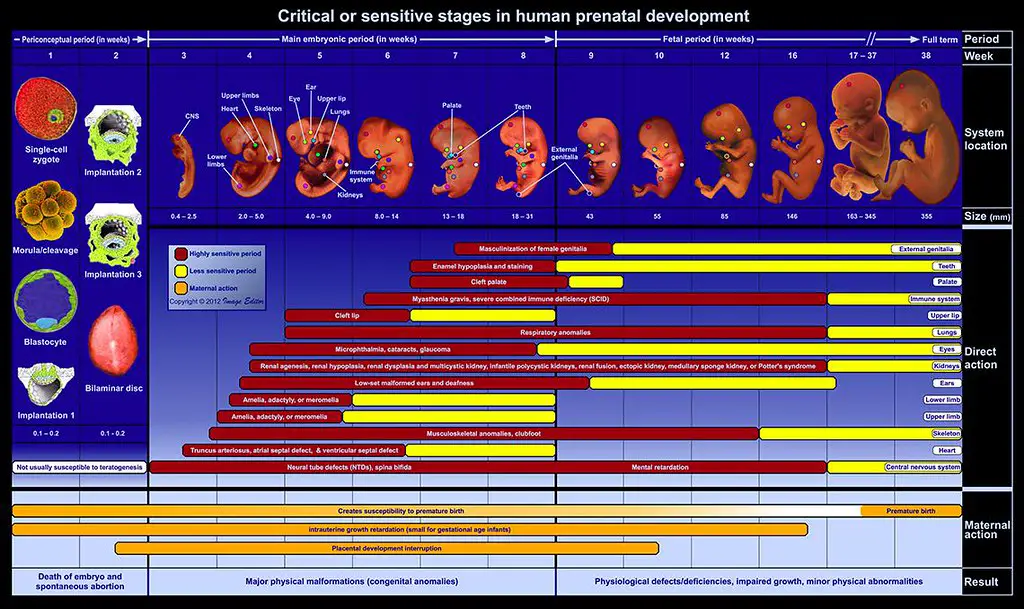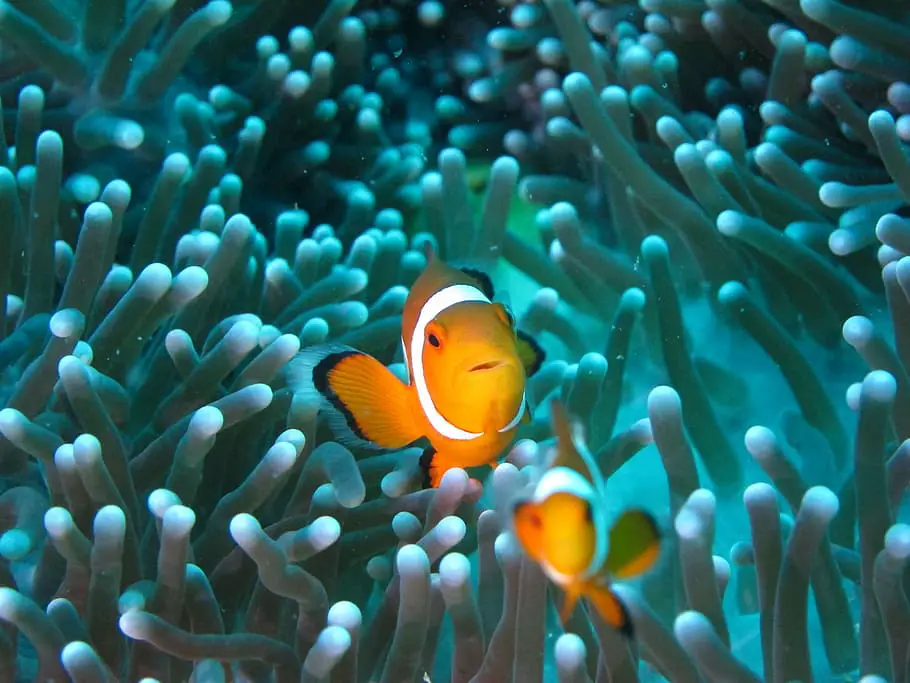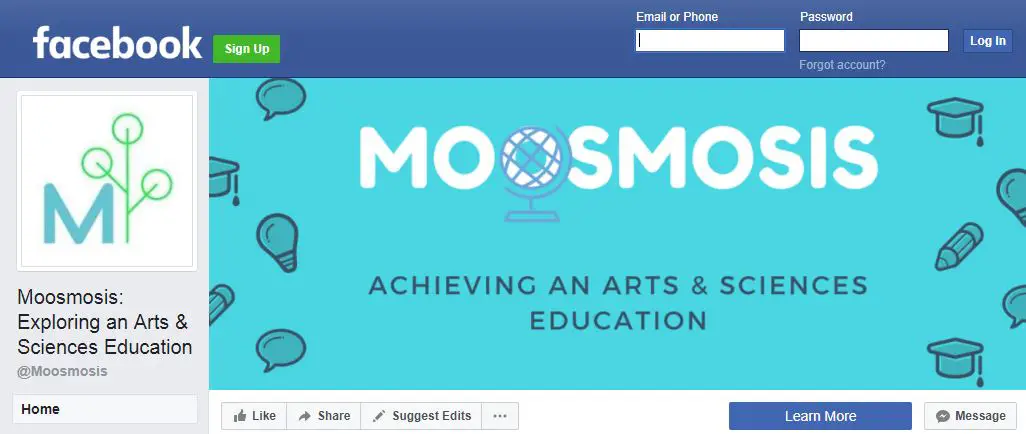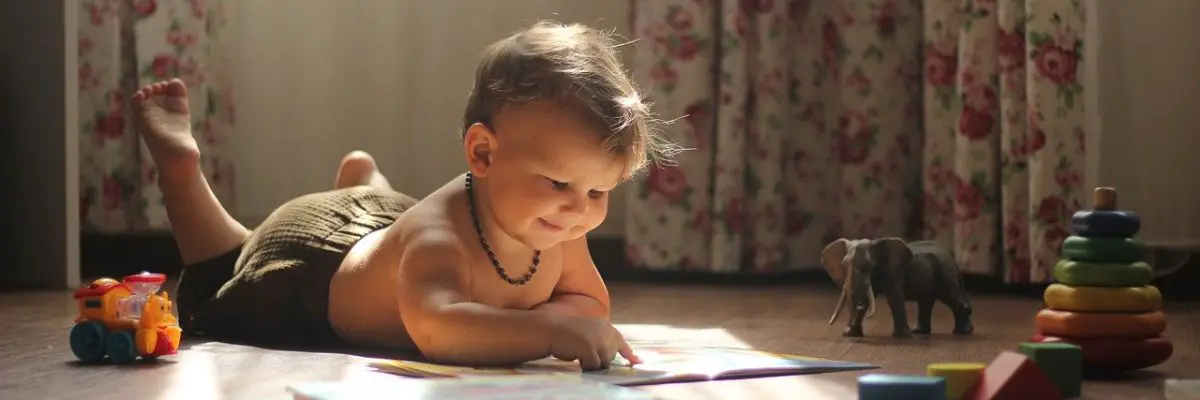Sonic Hedgehog Gene
In embryology and developmental biology, embryogenesis is the development of an animal or plant embryo, starting with fertilization of an egg cell by a sperm cell. After fertilization, the ovum becomes a diploid zygote.
CNS development and Limb development
Forms forebrain, separates right and left brain, and establishes midline
If there’s a mutation, then we have a whole brain with no separation of right and left, which is bad. This is called holoprosencephaly. Left and right hemispheres fail to separate. There are also facial abnormalities, cleft lip/palate and even severe cyclopia (single eye like a cyclops).
Sonic Hedgehog gene is also important in limb development. Limbs develop along 3 planes: 1) Proximal to distal 2) dorsal-ventral axis, and 3) Anterior-Posterior Axis
Anterior-Posterior: Anterior towards head, Posterior towards toes
Dorsal: Extensors and Ventral: Flexors

- Proximal to Distal Development: Apical ectodermal ridge is made up of ectoderm overlying mesoderm. APical means tip, AER is at the tip –> important for limb growth. The ridge influences the mesoderm to grow
Fibroblast Growth Factor from the fgf gene is expressed, eventually when the ridge APICAL ECTODERMAL RIDGE is removed, the FGF replaces it and induces normal growth.
FGF = helps with limb proximal-distal axis development
2. Dorsal to Ventral Development: Remember dorsal-ventral involves flexors and extensor development. The most important gene is Wnt-7 gene for dorsal development. WNT-71 activates LMX-1 gene and dorsalizes mesoderm. If LMX-1 is deleted, then you would have 2 ventral sides (2 soles on both surface of foot)
Wnt-7= makes it dorsal
LMX-1 = helps Wnt-7 to induce dorsal development
Absence of LMX-1 = 2 ventral sides (there’s no back of the limb)
Absence of Wnt-7 = makes it ventral (Engrailed1 gene represses Wnt-7)
Wnt genes is originally derived from drosophila
Early embryo: Wnt gene regulates dorsal-ventral axis
and also in later embryogenesis, they’re responsible foro anteroposterior axis.
3. Anterior-Posterior Development
Depends on zone of polarizing activity (SHH in the zone of polarizing activity)
Homeobox genes or HOX genes code for transcription factors. Homeosis means transforming one structure into another, leading to body segment formation. 180 bases = for each homeobox gene
HOX gene mutation = abnormal limb formation
Example: hox mutation for fruit flies –> legs on head
Humans hox mutation –> polydactyly (extra fingers/toes) or syndactylyl (fused fingers/toes)
=============
Embryogenesis Terms and Stages
Blastocyst: outer = trophoblast
Inner = inner cell mass = derivative of all the rest of the body
Blastocyst implants in uterus around 6-10 days after fertilization. b-hcg secretion begins
Morula –> blastula –> blastocyst –> Gastrula (3 layers structure) with 3 germ cell layers Ectoderm/Mesoderm/Endoderm
Inner cell mass –> forms a bilaminar disc in which 2 cell layers are separated by a basement membrane. This forms hypoblast (more inner) and epiblast (next to the amniotic cavity)
Epiblast = invaginates (creates primitive streak) == this means start of gastrulation – where germ layers are starting to form
notochord = mesoderm (becomes nucleus pulposus of spine)
induces overlying ectoderm to become neural plate, which then invaginates to become a neural crest
Mesenchyme = mostly mesoderm, surrounded by proteins and fluid and gives rise to most connective tissue

Embryonic Stages by Weeks
Embryonic period is 8 first weeks after fertilization (during the first 8 weeks) = organogenesis where organs form = most vulnerable period to teratogens or chemicals that are bad for development
Is embryonic period the same thing as Fetal Period? No, embryonic period refers to the first 8 weeks after fertilization; this involves formation of organs. However, in fetal period, this period refers to the organs growing bigger, or adult structures forming.
Week 4 = HEART 4 your heart (heart beats); Limbs form
Week 6 = ultrasound can detect fetal heart
Week 8 = limbs move
Week 10 = SRY gene from Y chromosome activates and leads to penis development. If there is no SRY gene –> then the clitoris of the baby girl develops.
Week 15 -20 = ultrasound detects/identifies sex of baby
“In three words I can sum up everything I’ve learned about life: it goes on.”
by Robert Frost
Special Structures to Remember in Embryogenesis
Special Structures to Remember:
Anterior Pituitary = Rathke’s pouch of ectoderm
Posterior Pituitary = Neural tube (this is why posterior pituitary is also called neurohypophysis, while anterior pituitary is called adenohypophysis)
Neural Tube = CNS
Neural crest = PNS
Adrenal Gland
Cortex = Mesoderm
Medulla = neural crest (epinephrine/norepinephrine)
Click and check out these popular articles for more information: 🙂
Ectoderm vs Endoderm vs Mesoderm
Circulatory System: Blood Flow Pathway Through the Heart
Circulatory System: Heart Structures and Functions
Ductus Arteriosus Vs Ductus Venosus Vs Foramen Ovale: Fetal Heart Circulation
Cardiac Arrhythmias: Definition, Types, Symptoms, and Prevention
Upper Vs Lower Respiratory System: Upper vs Lower Respiratory Tract Infections
Seven General Functions of the Respiratory System
Digestive System Anatomy: Diagram, Organs, Structures, and Functions
Kidney Embryology & Development: Easy Lesson
Psychology 101: Crowd Psychology and The Theory of Gustave Le Bon
Introduction to Evolution: Charles Darwin and Alfred Russel Wallace
Copyright © 2022 Moosmosis Organization: All Rights Reserved
All rights reserved. This essay first published on moosmosis.org or any portion thereof may not be reproduced or used in any manner whatsoever
without the express written permission of the publisher at moosmosis.org.

Please Like and Subscribe to our Email List at moosmosis.org, Facebook, Twitter, Youtube to support our open-access youth education initiatives! 🙂













Reblogged this on Peach6972's 🤗 Friendly 👫Blog🥀.
LikeLiked by 2 people
Thank you for reblogging this, Peach6972! Have a great day! 😀
LikeLike
Excellent essay on embryogenesis!
LikeLiked by 2 people
Fascinating article! The three germ layers are quite special
LikeLiked by 2 people
amazing article on development
LikeLiked by 2 people
I love it ❤️ Beautiful facts
LikeLike
The sonic hedgehog gene is very important– great article!
LikeLiked by 2 people
Wonderfully written article!
LikeLiked by 1 person